New Delhi: The Union Budget for FY25-26 holds significant promise, especially in light of the ambitious measures unveiled in the previous fiscal year. With skilling, employment, and workforce development taking centre stage, stakeholders are now looking forward to further progressive reforms that can address the dynamic needs of India’s economy.
Reflections on Budget 2024
The last budget, presented by Finance Minister Nirmala Sitharaman, adopted a forward-looking approach by emphasizing employment, skilling, MSMEs, and middle-class welfare.
At its core was the Prime Minister’s package of five transformative schemes aimed at creating large-scale employment opportunities and empowering youth with essential skills. Backed by an impressive Rs 2 lakh crore outlay, the package aimed to benefit 4.1 crore youth over five years.
Key Initiatives:
- Employment Linked Incentive (ELI) Schemes: Three schemes were introduced to directly link incentives with employment generation:
- Scheme A: A one-month wage incentive for freshers entering the formal workforce, offering up to Rs 15,000 disbursed via Direct Benefit Transfer (DBT).
- Scheme B: Incentives for manufacturing-sector employers covering EPFO contributions for four years.
- Scheme C: Reimbursements of up to Rs 3,000 per month per employee for employers hiring additional workers, with a goal to generate 50 lakh new jobs.
- Upgrading ITIs: A groundbreaking Rs 60,000 crore outlay was earmarked to modernize 1,000 Industrial Training Institutes (ITIs) under a hub-and-spoke model. With financial contributions from the central and state governments and industry stakeholders, this initiative was designed to align ITI training with industry requirements.
- Internship Programs: A strategic internship program was launched, enabling one crore youth to gain industry exposure by interning at top companies. Participants received financial support, including a Rs 5,000 monthly stipend.
- Model Skill Loan Scheme: Revised to facilitate loans up to Rs 7.5 lakh with a government-backed guarantee, this scheme aimed to enable 25,000 students annually to access advanced training.
- Nari Shakti Empowerment: Dedicated efforts were made to enhance women’s workforce participation, including setting up hostels and offering women-specific skilling programs.
- Critical Mineral Mission: This initiative aimed at training a skilled workforce for domestic production and recycling of critical minerals while creating new job opportunities.
- E-Shram Portal Integration: Integrating the e-Shram portal with other platforms created a one-stop solution for workers, helping bridge skill gaps and match job aspirants with opportunities.
These initiatives underscored the government’s intent to create a robust ecosystem that addresses employment challenges while preparing the workforce for a technology-driven future.
Expectations for FY 2025-2026
As the nation approaches Budget 2025-2026, industry experts and thought leaders have shared their perspectives on how the government can further strengthen the employment and skilling ecosystem. Their views reflect an urgent need for targeted interventions, policy clarity, and investment in emerging sectors.
Alay Razvi, Managing Partner at Accord Juris, emphasized the growing demand for skilling programs in emerging technologies like Artificial Intelligence, Blockchain, and renewable energy. He noted that, “with the global push for sustainability and digitalization, India must prioritize training programs in green technology, electric vehicles, and digital transformation. This will not only prepare the workforce for future opportunities but also align with the country’s broader goals for sustainable growth”.
Ajay Goyal, Founder and CEO of Erekrut, pointed to the critical need for comprehensive measures to enhance skilling and workforce readiness. According to him, “The upcoming budget should focus on supporting startups and MSMEs to create jobs, simplifying compliance through digital solutions, and promoting hybrid work models. Incentives for talent acquisition, reskilling programs, and wellness initiatives can help create a more resilient and productive workforce. By improving infrastructure and streamlining regulations, India can attract global talent and businesses, ensuring a brighter and more inclusive employment landscape.”
The Confederation of Indian Industry (CII), through its Director General Chandrajit Banerjee, has recommended the creation of a National Employment Policy to consolidate all employment-related schemes under one umbrella. Banerjee also suggested developing an Employment Linked Incentive Scheme and an integrated National Career Service (NCS) portal.
The NCS could serve as a centralized database connecting job seekers with opportunities while promoting the development of a Universal Labour Information Management System (ULIMS). This system could streamline employment data and align opportunities with workforce projections. Additionally, Banerjee advocated for using CSR funds to build dormitories and government-supported crèches in industrial clusters, facilitating greater workforce participation by women.
Legal experts also voiced their concerns about pending reforms. Aliff Fazelbhoy, Senior Partner at ALMT Legal, pointed to the recent Karnataka High Court judgment on provident fund contributions for international workers.
“The government must address this issue in the upcoming budget to provide clarity to employers and employees alike,” he said. Similarly, Bishen Jeswant, Partner at Cyril Amarchand Mangaldas, highlighted the need for updates on the labour codes and social security coverage for gig and platform workers. “The market is eagerly awaiting the implementation of these long-pending reforms, which will significantly strengthen the employment landscape,” Jeswant added.
Meanwhile, Anant Singh Ubeja, Senior Associate at SKV Law Offices, underscored the importance of extending the Production Linked Incentive (PLI) scheme to foster job creation and boost manufacturing. He called for fiscal policies encouraging MSMEs and suggested developing new measures to stimulate entrepreneurship and workforce participation.
Manvendra Shukul, CEO of Lakshya Digital, presented specific recommendations for the video gaming industry, which is emerging as a critical component of India’s digital economy. “Encouraging the creation of original intellectual property (IP) is crucial for India’s gaming sector to compete globally,” he said. Shukul also suggested tax holidays for video game startups to promote innovation and attract investments.
Additionally, he emphasized the need for government support to build world-class studios and infrastructure for the broader AVGC (Animation, Visual Effects, Gaming, and Comics) ecosystem, which could create significant employment opportunities.
Anil Rai Gupta, Chairman and Managing Director of Havells India, provided a holistic view of the challenges and opportunities facing the Indian economy. “A balanced approach toward fiscal consolidation, with strategic investments in manufacturing, sustainability, and technology-driven innovation, will be essential for long-term economic resilience. Simplifying regulatory frameworks and furthering the ease of doing business will encourage entrepreneurship and stimulate domestic and international investments,” he said.
Gupta also stressed the importance of policies that align with the aspirations of India’s growing youth population. “A renewed emphasis on skill development and job creation will help build a future-ready workforce and improve the quality of life for all citizens,” he added.
Inclusive Growth and Regional Development
Experts agree that inclusive growth should remain a central focus of the upcoming budget. Programs like the Purvodaya initiative, which aims to revitalize India’s eastern regions through industrial development, must be expanded to include more industrial nodes. The development of the Gaya Industrial Corridor, as part of the Amritsar-Kolkata Industrial Corridor, could serve as a model for regional economic transformation.
Anil Rai Gupta aptly summarized the broader vision for FY25-26, stating, “The Union Budget has the potential to strengthen India’s economic foundation while balancing the interests of all stakeholders. By investing in skilling, innovation, and sustainability, the government can drive inclusive development and position India as a global economic powerhouse.”
The Road Ahead
The FY25-26 budget is expected to introduce transformative measures to address India’s employment and skilling challenges. From advancing technology-driven skilling programs to integrating employment schemes and promoting inclusive workforce participation, the budget is set to shape the nation’s trajectory toward becoming a $7 trillion economy.
Stakeholders from across industries are optimistic that the Finance Minister will deliver a robust and forward-looking roadmap to empower India’s workforce and drive sustainable growth.
Also Read –
Budget FY25-26: Industry Experts Share Recommendations to Boost EV Ecosystem

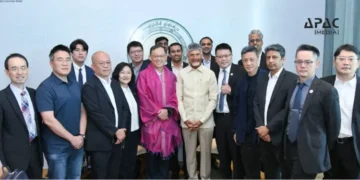


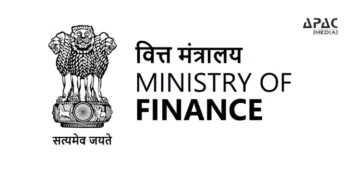



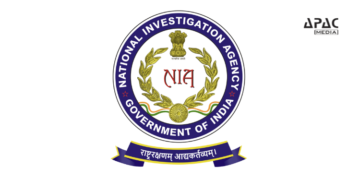


















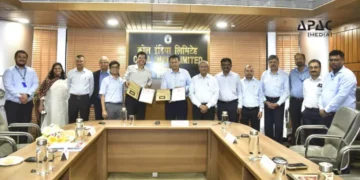
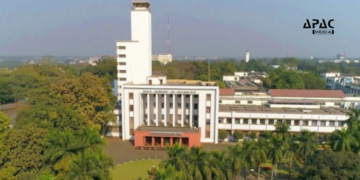

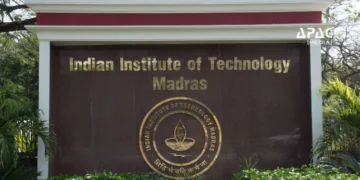
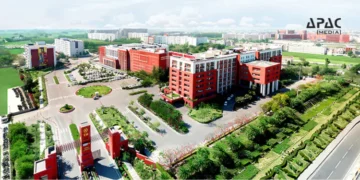
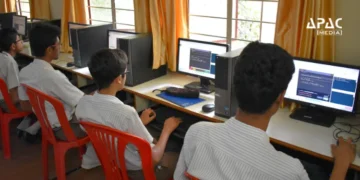



















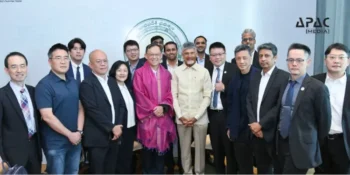


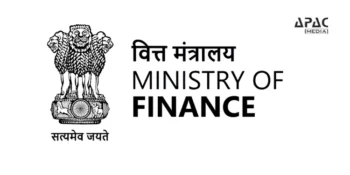









Discussion about this post